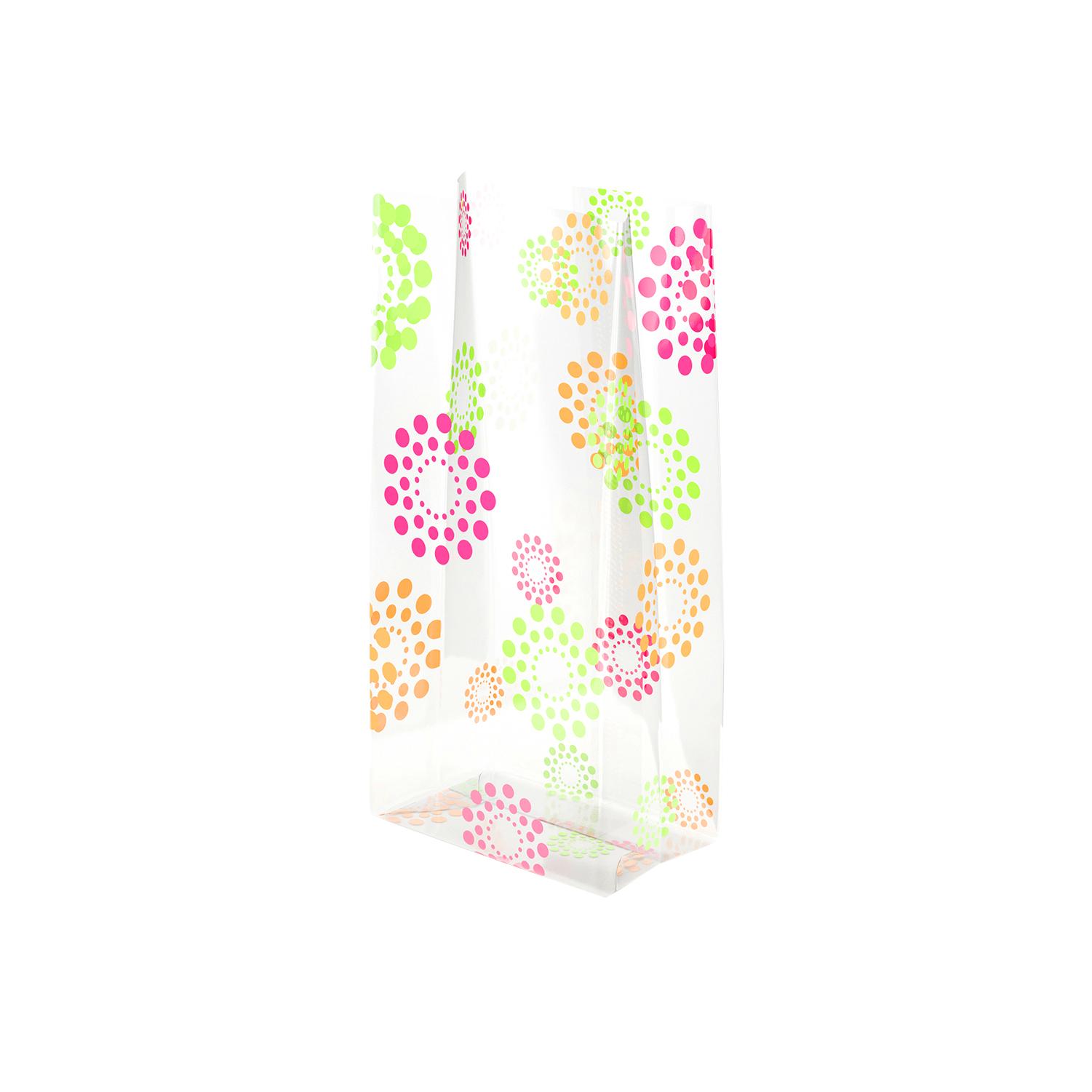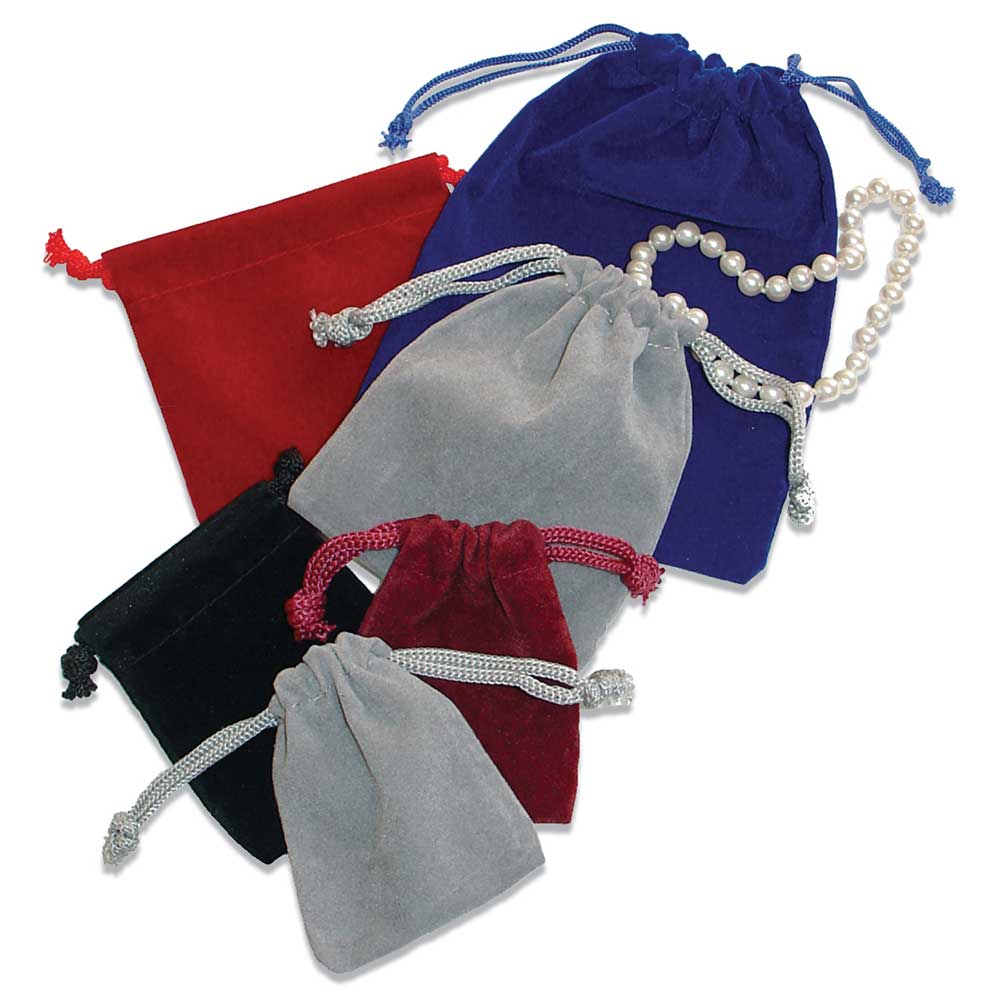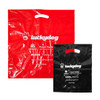Flexible Packaging vs Rigid Packaging: How To Choose
Posted by Julie Rotuno on 14th Jun 2022
Whether you are a business owner or a freelance online seller, this article should have helpful information for you. Whenever you are packaging a product for distribution or shipment, you will have to choose between flexible and rigid packaging. When we talk about flexible packaging, we are usually talking about bags and envelopes, while rigid packaging refers to boxes.
The Key Differences:
This decision is not a choice to make at random, as there are some critical differences between these two types of packaging. For any business-minded person, the first consideration will be the cost. Rigid materials tend to cost more, especially if you are shipping a larger item. At the same time, you have to weigh that against the risk of being forced to refund the buyer. If the item arrives broken, they will most likely be able to exact a refund from you.
That brings us to the other important consideration: Durability. The most important function of a package is to protect the goods until they reach their destination. If you choose a flexible package for a fragile item, you might be making a critical mistake. Rigid packaging does a much better job of resisting damage, as the items within will be protected from compression. Packages are nearly always stacked when transported, so any item that might get crushed should be in a box.
Weight is also a key factor. Weight usually determines shipping costs, and rigid packaging will always weigh more than flexible packaging. Consider the difference in weight between a plastic bag and a cardboard box. A plastic sandwich bag weighs somewhere in the neighborhood of 3-4 grams, while a box of the same size will weigh at least 15 grams. Now, let’s say you are shipping 1000 items. With a minimum difference of 11 grams per item, that adds up at least 11,000 grams (about 24 pounds) of difference. These numbers are somewhat conservative, as the differences are often far higher.

When To Use Flexible Packaging
Flexible packaging is ideal for single-use packaging. For instance, a small bag of beef jerky would be one example of a single-use package. Once it’s opened, it will quickly be discarded once the jerky is eaten. For such a small and cheap product, it would not be cost-effective to use rigid packaging, as this would force you to raise the price of the product.
Flexible packaging is also great for small items that aren’t particularly vulnerable to being crushed. For instance, small metal parts are often sold in small plastic bags. That’s because these parts, while small, are usually made of solid steel. Thus, their high tensile strength would make it a waste of money to put them in a box.
Products sold as a gel or powder, like many cosmetics, are also better-suited to flexible packaging. As long as you don’t set anything sharp or too heavy on top of the package, it can flow, move, and bend to suit whatever pressure it may encounter. Besides, it would be very impractical to make a box that would contain powder or a gel. You could use a plastic bottle, but it would be unnecessarily costly. It would have to be made of rigid plastic rather than a paper product, and that would raise the cost.
Flexible packaging is almost a must when dealing with products that need an airtight seal. For many food products, it is essential to maintain a perfect seal to prevent spoilage. You can get an airtight seal from rigid packaging, but it’s much more difficult. A plastic bag is naturally airtight and can easily be fitted with a zipper mechanism.
It is much easier to customize flexible packaging as opposed to rigid packaging. Most of these packages are printed on sheets of plastic before being fused to form a bag. Thus, a simple tweak of the computer program is all that is required to change the design. With rigid packaging, you have to print an adhesive label and stick it to the package. That will add extra steps and extra costs.

When To Use Rigid Packaging
Rigid packaging, like cardboard boxes and plastic bottles, is the go-to choice when you need to ship or package something fragile. Anything made of glass or ceramic should always be placed in a rigid container. Even the hardest of ceramics tend to be quite brittle, and thus, a small impact can ruin them.
Rigid packaging is also the standard choice for particularly expensive items. This is mostly a matter of customer confidence. When someone’s just paid a few hundred dollars (or maybe even a few thousand dollars) for something, it doesn’t make sense to skimp on the packaging. When the cost of a cardboard box and some styrofoam peanuts is such a tiny fraction of the cost of the item, most people would rather pay a few more dollars and be sure. For this reason, high-end electronics are pretty much always sold in rigid packaging.
Rigid packaging should always be combined with the use of filler materials like styrofoam blocks, styrofoam peanuts, paper, air pillows, bubble-wrap, etc. Without these filler materials, the item can jump and jostle around in the box. If the package is handled roughly, it can break easily. Not only will the filler prevent movement, but it will also help to absorb the shock of any impact that the box might happen to take.
Rigid packaging is usually the only possible choice when it comes to a liquid. Shipping a liquid material of any sort can be a tricky thing, as you certainly cannot use a box or an envelope. The standard method is to use bottles or jugs made of rigid plastic. Sometimes, liquid products are sold in bags, but this is not practical for most uses. Bottles and jugs of liquid tend to be very heavy, so the extra weight of the packaging is unlikely to make any real difference in terms of shipping cost.
The Importance Of Testing
Once you have made your choice, product manufacturers and large-scale shippers ought to test their chosen package material to make sure that it’s up to the job. In this way, you can take the risk of ruining one product instead of taking the risk of ruining a whole shipment. These tests will measure the package’s ability to resist impact, dropping, crushing, and vibration.
Conclusion
This decision is a 50/50 choice, so it shouldn’t be terribly difficult, but it is important. You can generally decide which kind of packaging to use by asking yourself two simple questions:
- How fragile is this product?
- How much do I want to spend here?
It’s all about weighing the extra cost of rigid packaging against the potential for breakage in transport. Any item that is fragile or expensive should be placed in a rigid package by default, while smaller and cheaper items have to be evaluated on a case-by-case basis. We hope that you found this article helpful. If you’d like to learn more, click here to contact us.



